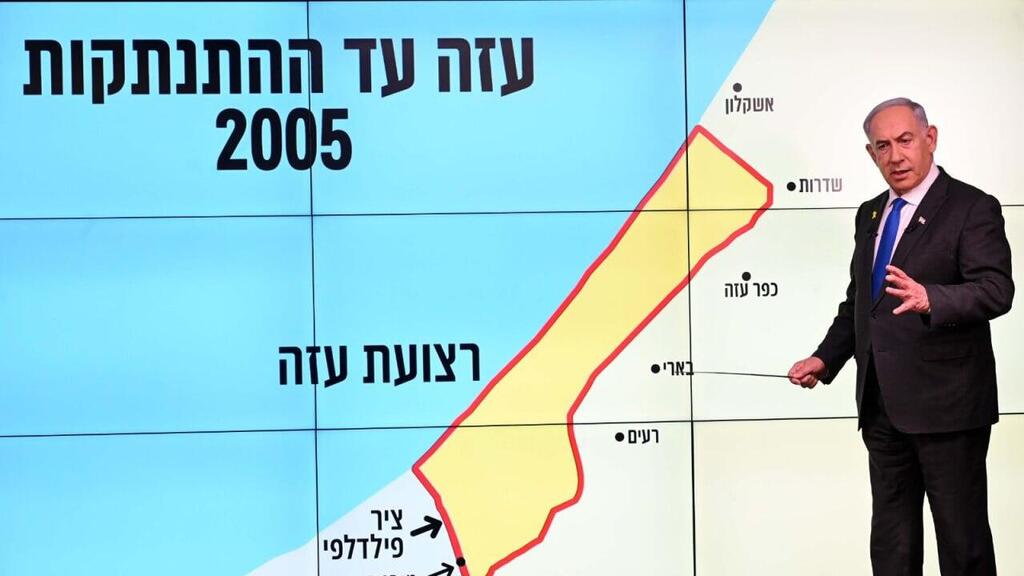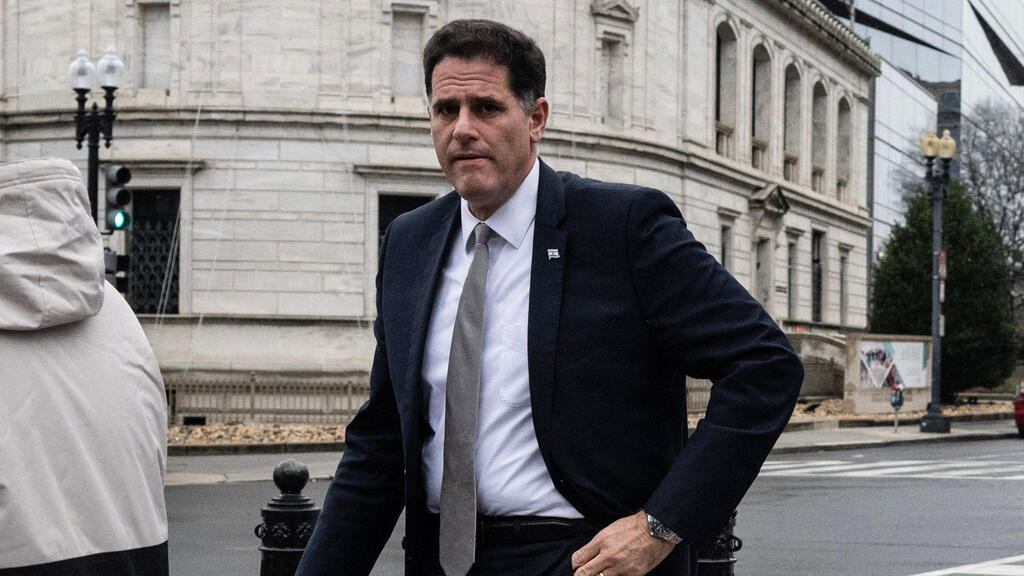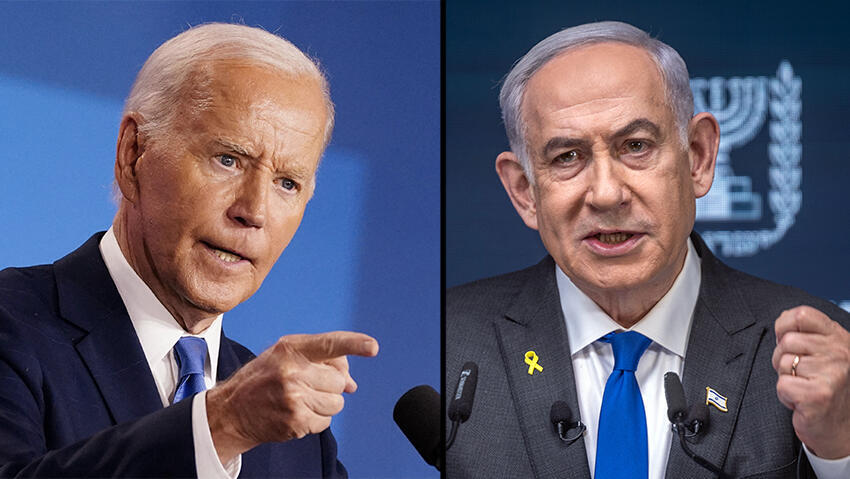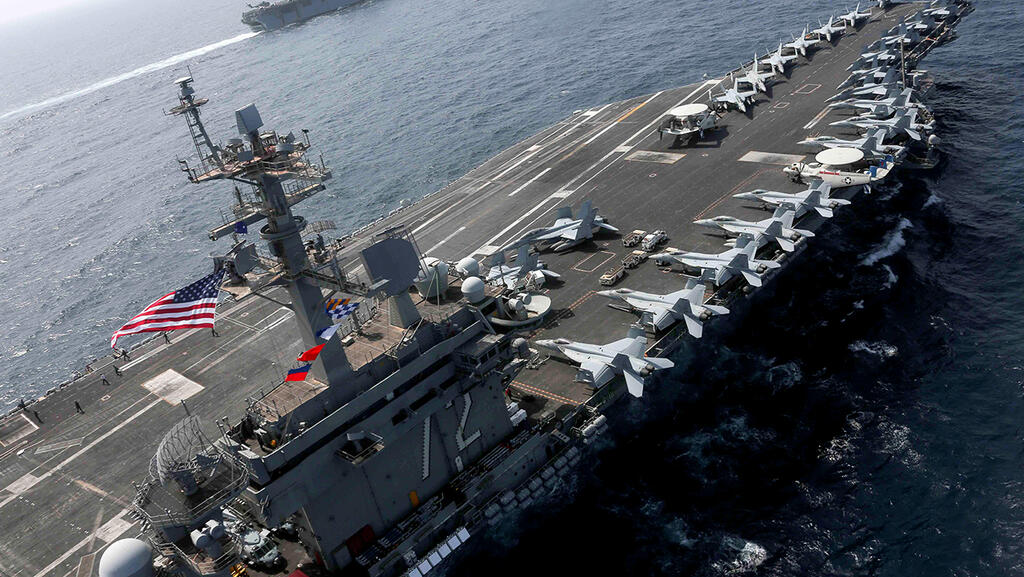Getting your Trinity Audio player ready...
The Biden administration is preparing a new bridging proposal to present to the parties to the negotiations for a hostage release deal and cease-fire in Gaza. Contrary to reports, it will be an updated version, agreed to by Israel and the mediating countries, of the one presented by U.S. President Joe Biden on May 31, which was approved by the UN Security Council.
Strategic Affairs Minister Ron Dermer is representing Prime Minister Benjamin Netanyahu's position to the American officials involved, while the top Israeli security officials who have been negotiating on behalf of the government, are kept out of the loop.
The discussions revolve around what is to take place during the first phase of a deal, the Philadelphi Corridor and how many hostages are to be freed in exchange for how many Palestinian prisoners would be released from Israeli jails.
The final matter is the length of the cease-fire that will be in place between phases. This is seen as a technical matter in Washington because it was decided already by the Security Council and therefore could be easily resolved. But to Hamas, it is critical because the terror group wants to ensure that by phase two, Israel will end the war and withdraw from the Gaza Strip.
In a briefing to reporters on Wednesday a senior administration official said the American proposal will deal with phase one, when 30 Israeli hostages are to be freed in exchange for 800 Palestinian prisoners.
Here the dispute is on who the prisoners are, what veto Israel will have over the demand for certain convicted murderers and where the prisoners who are released go, whether to their homes or to exile. And if they are to be exiled, where will they be sent to? This critical question for Hamas is described as a serious obstacle. Hamas demanded that it be resolved in a separate negotiation, after the accepted Biden's May 31 proposal.
The terror group said it may not be able to release 30 hostages in the first phase because it may not have in its possession women captives, including soldiers, the sick and injured men and the elderly.
While Netanyahu says publicly that Israel will not withdraw from the Philadelphi Corridor, the Israelis and Americans are in dispute only on the 10-kilometer stretch between the shoreline and the Rafah border crossing. The U.S. said that stretch should not be in question because Israel had already committed to withdraw from densely populated areas. But Israeli officials claim the areas are not densely populated and therefore should remain under IDF control in a number of observation posts.
4 View gallery


Prime Minister Benjamin Netanyahu with a map of Gaza and the Philadelphi Corridor
(Photo: GPO)
There appears to be no dispute over the Rafah border crossing or the section from the crossing to the Israeli border at Kerem Shalom. According to American officials, Israel agreed to leave the Philadelphi Corridor in phase two of the deal if an international force would take over security there. The U.S. insists technological means that they will operate jointly with the Egyptians.
But these discussions are taking place without Hamas and until the terrorists accept other aspects of the proposal, Israel will not agree to budge on the Philadelphi Corridor.
Hamas will take a week to respond to the updated proposal after it is presented so whether the negotiations are successful would only be known in the second half of September.
 Ron Ben YishaiPhoto: Courtesy
Ron Ben YishaiPhoto: CourtesyIf no deal can be made, Israel will have to decide how to proceed in Gaza and along the northern border. The IDF may find itself fighting a high-intensity war on three fronts, Gaza, the Lebanon border and the West Bank.
The Biden administration has positioned its military forces in the region to block any aggression from Iran, that could interfere with a negotiated deal in Gaza. Reaching a deal is a priority for the Democratic White House ahead of the November presidential elections.




